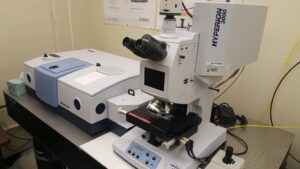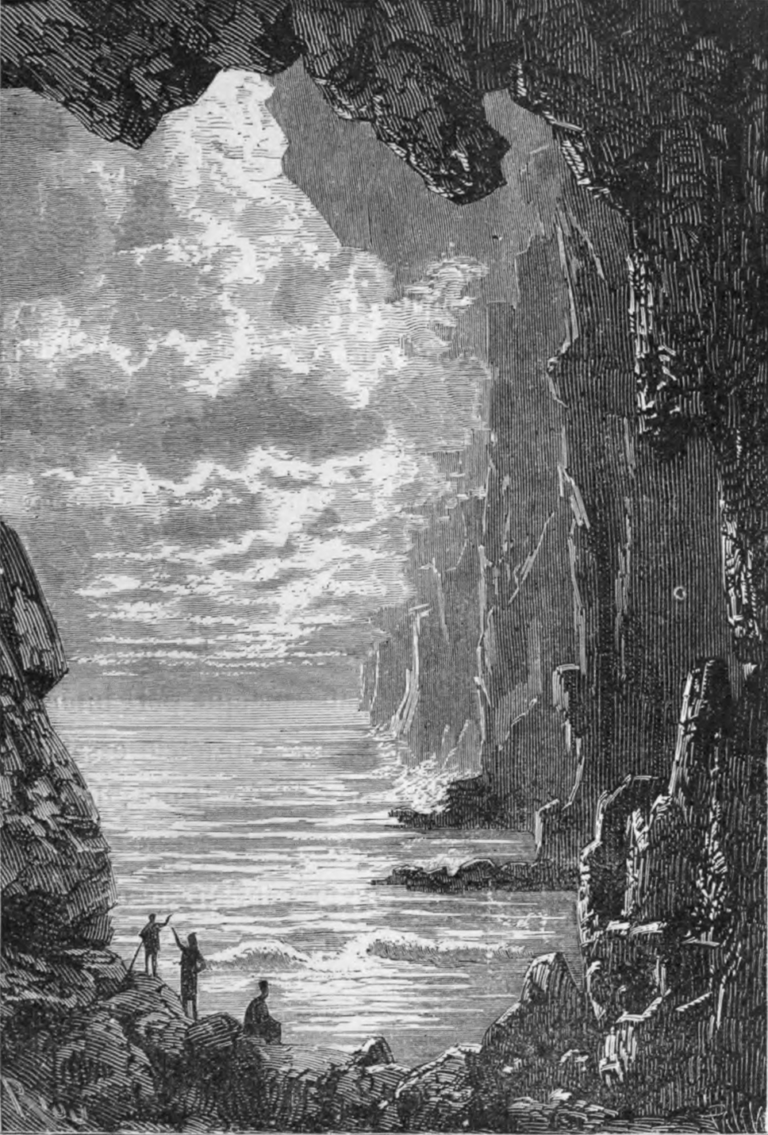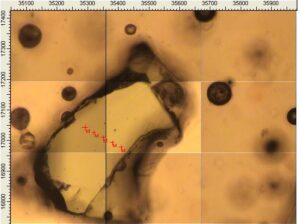Recently, I’ve been using Fourier transform infrared spectroscopy (FTIR) to analyze peridotite xenoliths, which bear nominally anhydrous minerals (NAM) sourced from the Earth’s lower crust and upper mantle. I specifically study the chemical mobility and partitioning of elemental hydrogen within the mantle xenoliths crystals to better understand the chemical characteristics of water within the deeper (>20km) areas of the Earth.
Water in the Earth’s Upper Mantle
Research for my M.S. in Geology at UH
Introduction
But, to put it simply, I look at water in rocks.
It’s just we aren’t supposed to call it “water” anymore because people started thinking that there were subterranean oceans of liquid water within the Earth’s mantle (current Google results for ‘Mantle Water’). In the Earth’s crust, we can find large caverns of liquid water (e.g. karst terrains, empty magma chambers, etc.) alongside groundwater aquifers, which supply our drinking water and support all freshwater life. However, liquid water is not believed to be present within the mantle.

Bruker Hyperion 2000 Optical FTIR Microscope & Bruker Vertex 700 Bench

The Lidenbrock Sea, from Jules Verne’s ‘Journey to the Centre of the Earth’ Source: Imgur | https://i.imgur.com/hV5yyoS.jpg
Instead, water is typically stored as a structurally bonded hydrogen and oxygen atom, known as hydroxyl (OH). We do this research to provide the scientific community with a better understanding of how hydrogen is incorporated within the mantle and how much there could be within the different planets. Using this information, we can also see how variations in depth, temperature, pressure, chemical composition, etc. also affect hydrogen partitioning and mobility (Read More: Peslier et al. 2006).
Currently, polarized Fourier Transform Infrared Spectrometry (FTIR) is the most commonly used method used to quantify water concentrations in NAM’s. To conduct FTIR analysis, an extensive amount of intricate sample preparation is required for accurate measurements, as mounts containing the mineral samples must be doubly polished, ~50-300 μm thin (sheet of paper is ~100μm), and oriented parallel to a major optic axis within the sample mount.
My work is done under my research advisors: Dr. Alan Brandon, a professor of isotope geochemistry at the University of Houston and also my primary advisor; and Dr. Anne Peslier, who’s the manager of the ARES FTIR Lab at NASA – Johnson Space Center and also trained me on pretty much everything I know about FTIR and NAM’s. It’s at JSC where I measure the amount of hydrogen inside mantle minerals like olivine, pyroxene, and garnet. These minerals are collected on the surface after being volcanically erupted as xenoliths from the Earth’s mantle.
From this research, I’ve had the opportunity to gain further experience in mineral identification, mineralogy & crystallography, as well as four years of new experience in the fields of inorganic and analytical geochemistry.

Using FTIR to create hydrogen diffusion profiles across a grain of OPX